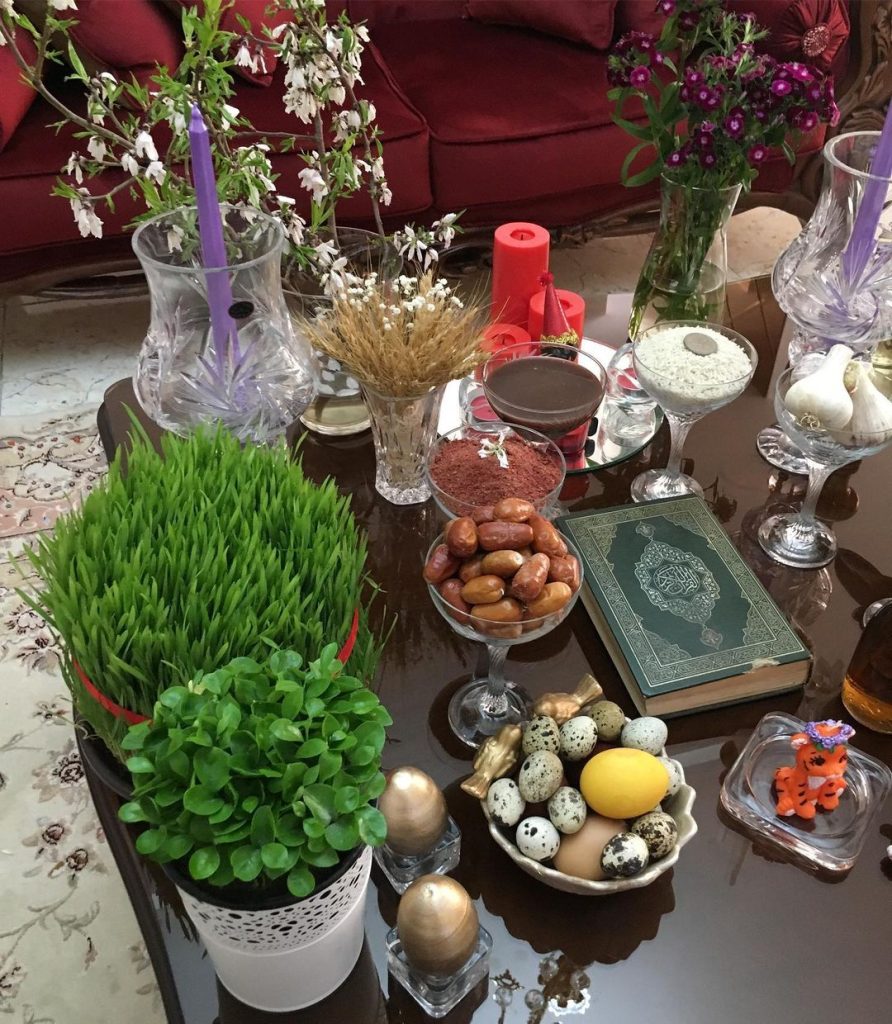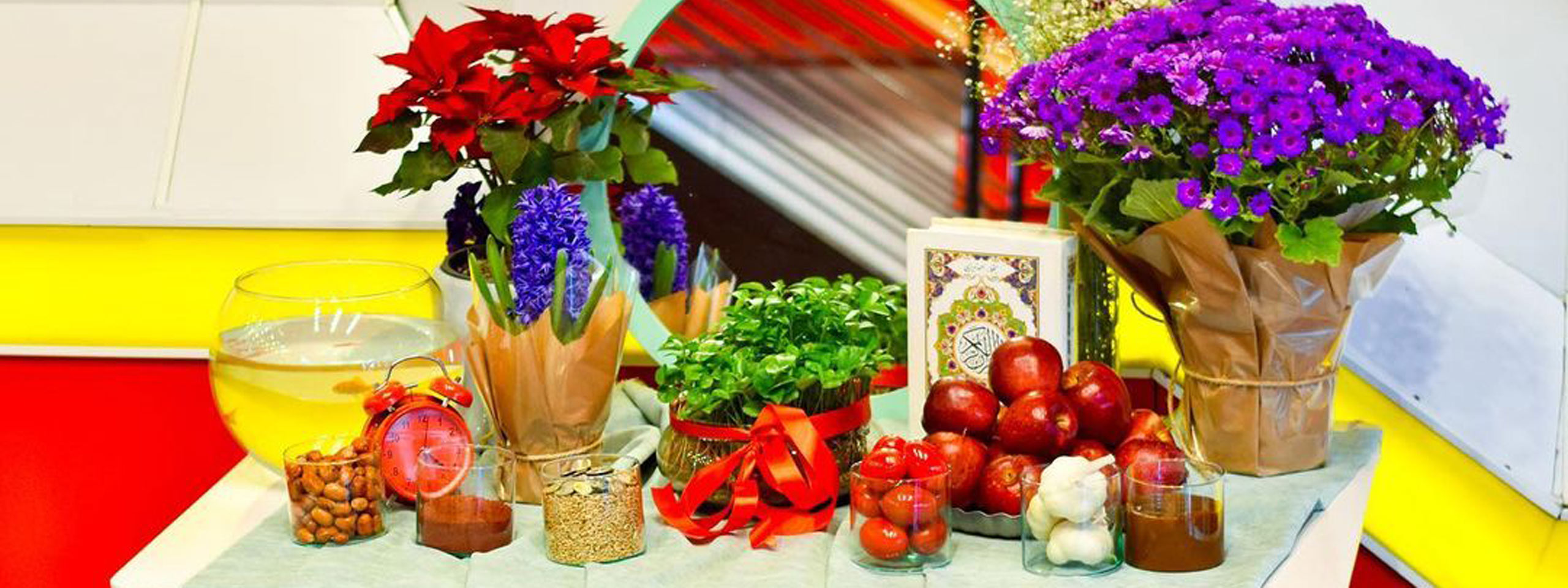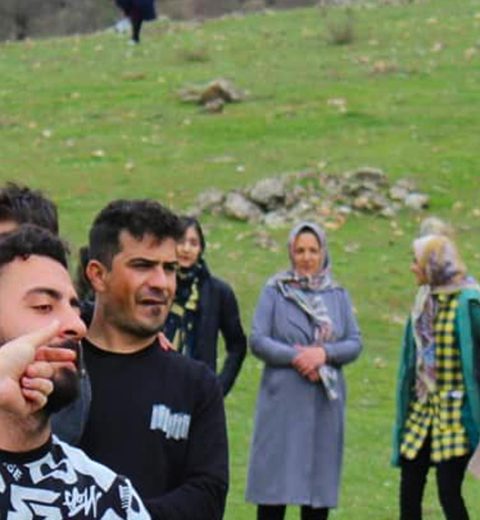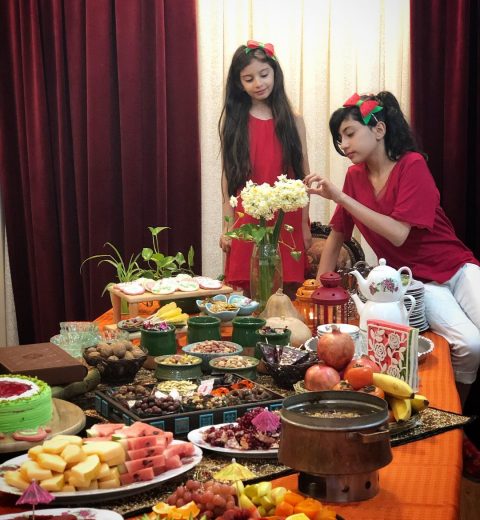The Haft Sin table has existed in Iranian culture for a long time. Even today, the Haft Sin table is set in the last hours of the year with changes compared to the past.
Haft Sin is an arrangement of seven symbolic items whose names start with the letter “س” pronounced as “seen” the 15th letter in the Persian alphabet; haft (هفت) is Persian for seven.
Spreading the Haft Sin table just hours before the New Year is one of the rituals leftovers from ancient Iran. Today, the people of Iran spread the Haft Sin table on the floor or table, and place the Quran, goldfish, mirror, and Haft Sin, including garlic, vinegar, Oleaster, and so on. In this article, we will talk in detail about the Haft Sin table.
Symbol of each of the Haft Sin table
Each of the seven “seen“ of this table has its own meaning, which we will examine in the following order:
The first; Oleaster (Senjed in Persian)
The presence of Oleaster on the table of Haft Sin indicates that he has done his actions “deliberately”. Because Oleaster is a symbol of prudent action and inclination to reason. Others consider Oleaster as a symbol of love and affection and believe that its presence on the table increases the love and affection between family members.
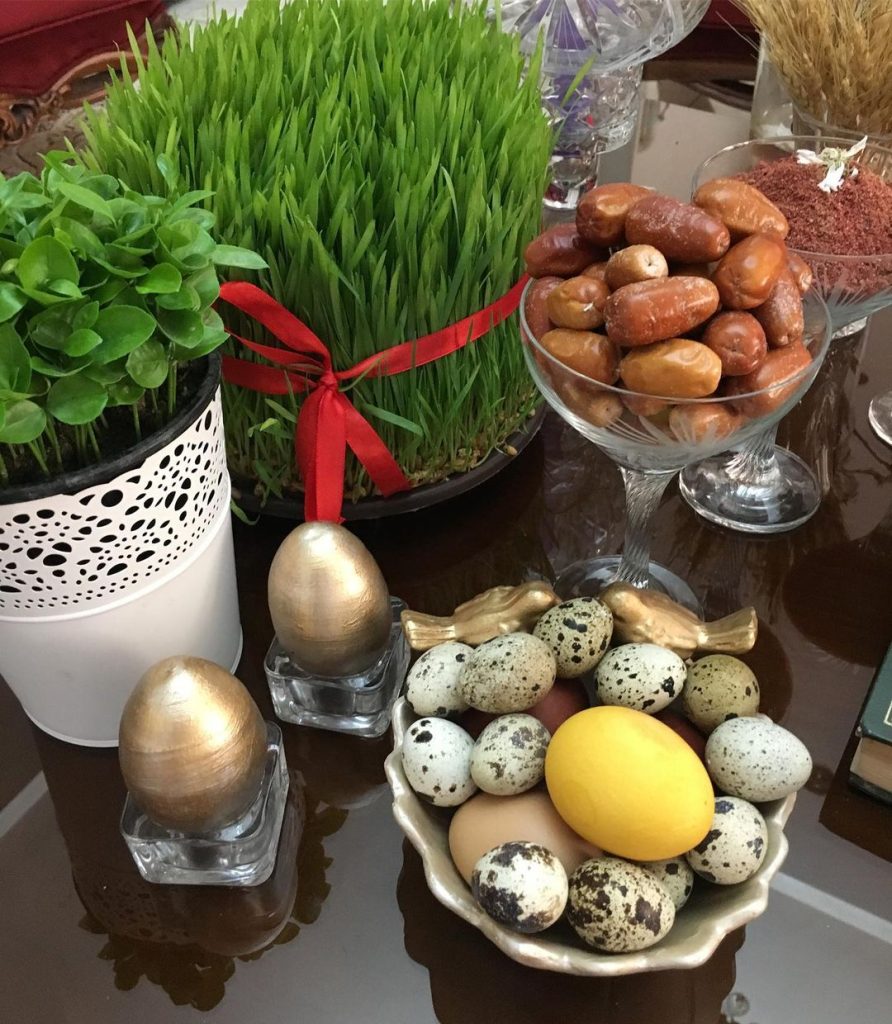
The second; Apple (Sib in Persian)
An apple on the Haft Sin table is a symbol of health and well-being, and its presence on this table brings the health of the members of that family to the end of the year and keeps them away from any disease.
Third; Green Plant (Sabzeh In Persian)
Green Plant is a symbol of happiness, vitality, peace, self-sacrifice, and life, and its presence at the table brings happiness and freshness to family members. Some also consider green as a symbol of the angel of Ordibehesht.
The fourth; Samanu
Samanu is a symbol of power, goodness, and blessing. Samanu is made from wheat and because it is nutritious, it is also called man-creating food. Its presence on the table of Haft Sin brings strength, patience, and justice to family members.
The fifth; Garlic (Sir in Persian)
There are several reasons for the presence of garlic on the Haft Sin table. Some consider it a symbol of Ahura Mazda and a symbol of health and wellness. Some have also mentioned the medicinal properties of garlic and consider it a symbol of healing diseases in the New Year. Dignity, disinfection, and cleansing of the environment, protection against evil, guardian of the table are also some of the symbols that have been said for garlic.
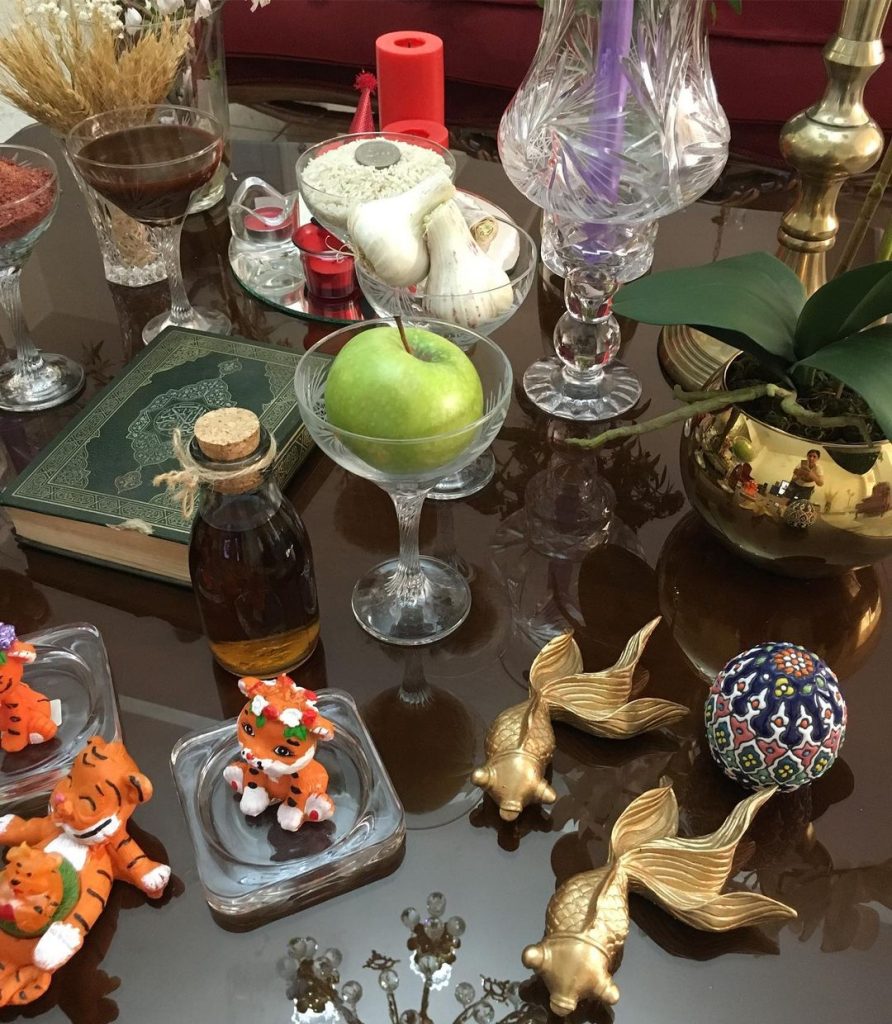
The Sixth; Vinegar
Vinegar is considered a symbol of immortality and its presence on the table is known as removing life’s troubles. Some also believe that vinegar is a symbol of satisfaction and invites us to accept the troubles of life.
The Seventh; Sumac
Sumac is a symbol of patience, forbearance, and endurance, and its presence on the table of Haft Sin reminds us that we must pass the coming year with patience and forbearance.
Philosophy of the Haft Sin
Setting the Haft Sin table hours before the end of the year is one of the ancient rituals left for the Iranian people. With the spread of Islam in Iran, the book of the Quran was added to the table so that people could start the new year with trust, name, and remembrance of God. During the Achaemenid period, there was also the “Haft Chin” table.
The ancient Iranians decorated Haft Sin with water, fire, milk, eggs, mirrors, pomegranates, apples, oleaster, oranges, etc., each with its own symbol. The number seven in the language of ancient Iran is attributed to “Amordad” and means life and immortality. In general, the number seven is very sacred and auspicious for ancient Iranians and they take it as a good omen. Haft Khan Rostam, Haft Shahr Eshgh, Haft Aseman, etc. are examples that show the importance of this number for them.
Each of the symbols of the Haft Sin table has a specific meaning and these symbols have changed throughout history.
